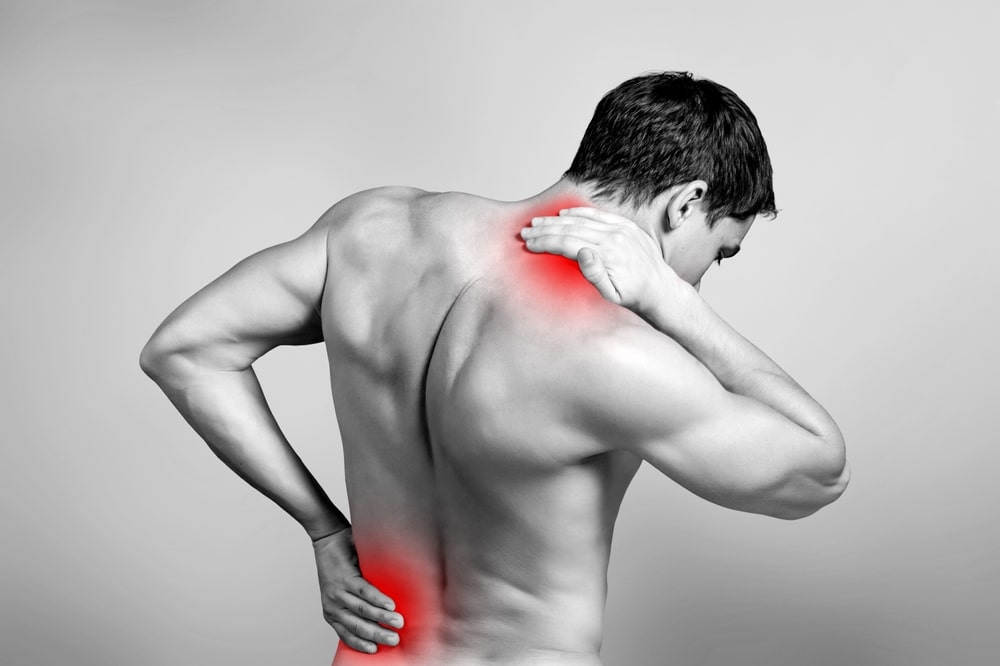Overview of Posterior Cruciate Ligament Injuries
The posterior cruciate ligament (PCL) is a vital ligament in the knee joint that plays a significant role in stabilising the joint and preventing backward displacement of the tibia (shin bone). PCL injuries can range from mild sprains to complete tears, often resulting from trauma, such as trips and falls, or sports-related accidents.
Anatomy of the Knee
The PCL is one of the four major ligaments of the knee, connecting the femur (thigh bone) to the tibia. It crosses behind the anterior cruciate ligament (ACL) within the joint, forming an “X” shape that helps prevent excessive backward movement of the tibia.
Causes of PCL Injuries:
PCL injuries are commonly caused by:
Direct Trauma
A blow to the front of the knee while the leg is bent, causing the tibia (shin bone) to push backward and potentially damaging the PCL.
Falls
Falling onto a bent knee can hyperextend the joint and damage the PCL.
Sports Injuries
High-impact sports like football, soccer, or skiing can result in PCL injuries due to collisions or awkward landings.
Symptoms of a PCL Injury
Symptoms of a PCL injury can vary depending on the severity of the injury. If you have only injured your PCL then your symptoms may be quite mild, however It’s common to injure other ligaments, or other parts of your knee at the same time as your PCL.
- Knee Pain: Sharp pain or dull ache at the back of the knee. This can occur immediately or develop in the hours or days after the injury.
- Swelling: Swelling around the knee joint often occurs within a few hours of the injury.
- Instability: A feeling of the knee being unstable or giving way, particularly during weight-bearing activities.
- Difficulty Walking: You might walk with a limp due to discomfort and/or instability. It may be uncomfortable going down an incline, while walking or running downhill for instance, or going down stairs. You may also have discomfort if you lift a heavy weight or if you walk longer distances.
Diagnosis of a PCL Injury
Your consultant will be able to diagnose your PCL injury during your initial consultation and assessment. They will take a full history of your problem, injury mechanism and symptoms. They will also ask you about your previous health, medication and activity levels.
- Physical Examination: Your consultant will assess your knee carefully, they will look at stability, range of motion, muscle strength and areas of tenderness. They will also look at you walking and performing a number of functional tasks.There are tests that can help confirm a PCL tear – the posterior draw test, and the posterior lag test, which your consultant may also perform.
- Imaging Tests: X-rays are often used to rule out fractures, however they don’t show soft tissue damage.MRI scans are used to visualise and clarify the diagnosis of soft tissue injuries like PCL tears, they can also detect any other ligament injuries or cartilage damage.PCL tears are graded by the severity of injury, grade I through III.
Treatment Options
Treatment for PCL injuries depends on the severity of the injury and the patient’s lifestyle:
Conservative Treatment
For mild PCL sprains, rest, ice, compression, and elevation (RICE), along with physiotherapy, may suffice.
Surgical Intervention
In cases of severe PCL tears/ruptures, or in individuals with a very active lifestyle, surgical reconstruction may be considered.
Surgery for PCL tears
PCL reconstruction surgery involves rebuilding the torn ligament using grafts from the patient’s own tissue or a donor. Surgical options include:
Outcomes of PCL surgery vary based on the procedure, the extent of the injury, and the patient’s rehabilitation efforts. Many individuals can expect improved knee stability and function after successful surgery and rehabilitation.
Questions and Answers
Can a PCL injury heal on its own without surgery?
Some mild PCL injuries may heal with conservative treatment, but severe tears often require surgical intervention for optimal recovery.
How long does recovery take after PCL reconstruction surgery?
Recovery time varies, but most patients can return to normal activities within several months with proper rehabilitation.
Can I return to sports after PCL surgery?
Yes, many individuals can return to sports and physical activities they enjoyed pre-injury, after PCL reconstruction and successful rehabilitation.
What is the difference between PCL and ACL injuries?
PCL injuries involve damage to the posterior cruciate ligament at the back of the knee, while ACL injuries affect the anterior cruciate ligament at the front of the knee. Both ligaments have different functions and mechanisms of injury.
Can PCL injuries be prevented?
While some accidents are unavoidable, practising proper techniques, wearing appropriate protective gear, and conditioning the knee muscles can help reduce the risk of PCL injuries, especially in high-impact sports.




